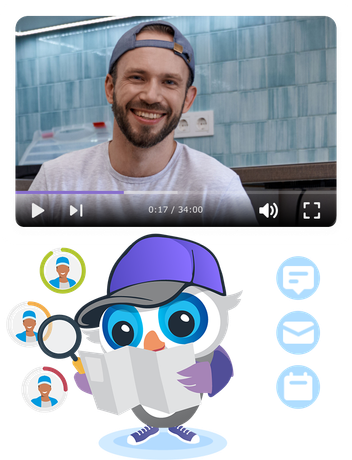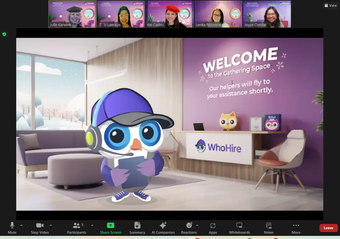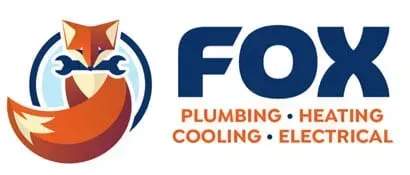AI-powered hiring assistance to predict top performers before you meet them
Stop Gambling With Your Company's Future
Build Your Dream Team With WhoHire
WhoHire changes hiring from a game of chance to a predictable process. Our AI analyzes thousands of data points to identify top performers & automates up to 60% of your hiring process by writing your ads, posting them for you, and giving your applicants a score based on how likely they are to help your company grow.
Removed the emotion and drama from hiring.

Great candidates are simply scheduling in my calendar.

Over 100 CSR applicants a day nicely funneled!

The best customer
service anywhere!

Don't let bad hires
sabotage your success.
Without WhoHire, you’re leaving your future up to chance by…
Feeling the crushing weight of carrying dead weight on your payroll
Watching your profits vanish as you constantly replace underperforming employees
Losing to competitors who've figured out how to stack the deck in their favor
Watching your company culture erode as poor fits drive away your best employees
Constantly starting over instead of building on experience and expertise
Falling for well-rehearsed
interview "bluffs" and polished resumes that don't reflect true potential.
We think our clients say it best
Yeah, we know it's pretty awesome :) Let's get started.
WhoHire Gives You
Stunning Accuracy
Our AI-powered job blueprints predict candidate success with stunning precision
Time-Saving Automation
Slash your hiring time by up to 60% using custom hiring process automation tools for your business
Balance "gut-feelings" & Reliable Data
Balance your gut with data-driven insight from millions of data points.
We've built a platform that puts the world's best tactics in your hands while slapping the complexity completely out of it
👉 Done-for-you AI
Predicts candidate performance based on a unique combination of thousands of Contractor data points, your company’s one-of-a-kind hiring criteria, and the resume, cover letter, & assessment answers provided by job candidates.
👉 Cut hiring time with video responses
An automated system that asks candidates to answer interview questions via video before you ever speak with them—allowing the hiring process to be up to 60% complete before the first conversation.
👉 Saves you even more time
Automated job ad writing & posting to popular job boards.
👉 Easy text messaging with candidates
Send one or multiple candidates quick updates by SMS from your desktop or mobile.
👉 An accurate flight risk score
Predicts how long candidates are likely to stay with your company.
👉 Data becomes a clear R.E.G.I Score
Every candidate gets a R.E.G.I. score that tells you the odds of a hire “working out” for your company in just one quick glance.

We've helped contractors across the entire country beat the odds, turning hiring from a game of chance to a game of skill.
As business owners ourselves, we've felt the sting of bad bets on 'sure thing' hires.
That's why we built WhoHire - to give you the same hiring power that big companies use for their talent:

Schedule Your
Free Demo

Define Your Criteria for Top Talent That Will Win
Get Instant Predictive
Insights on Applicants













